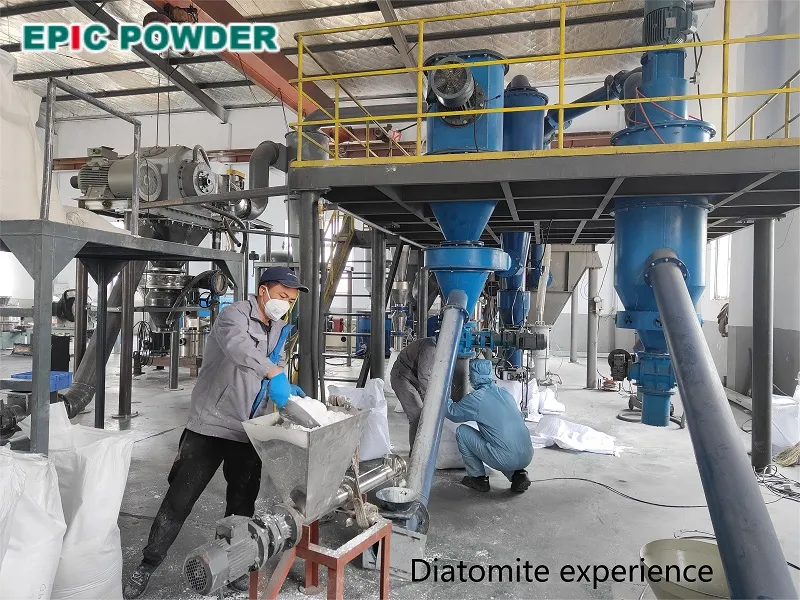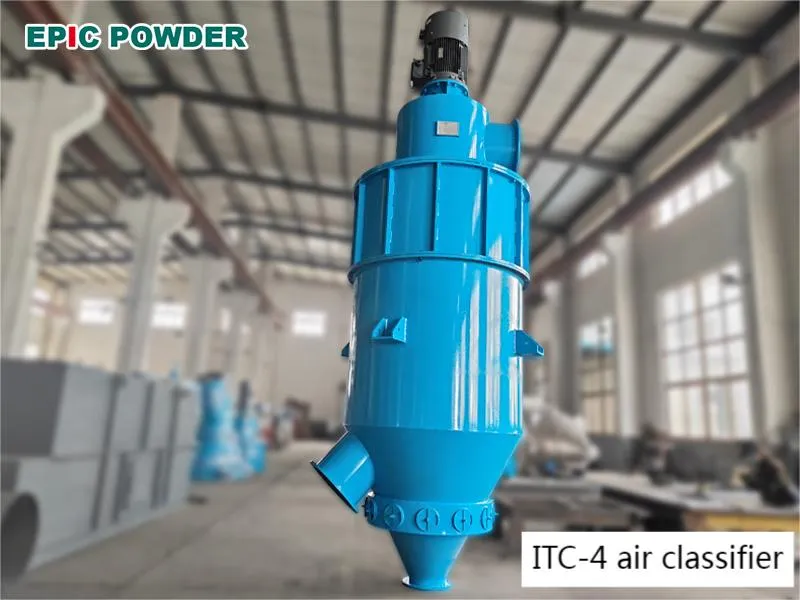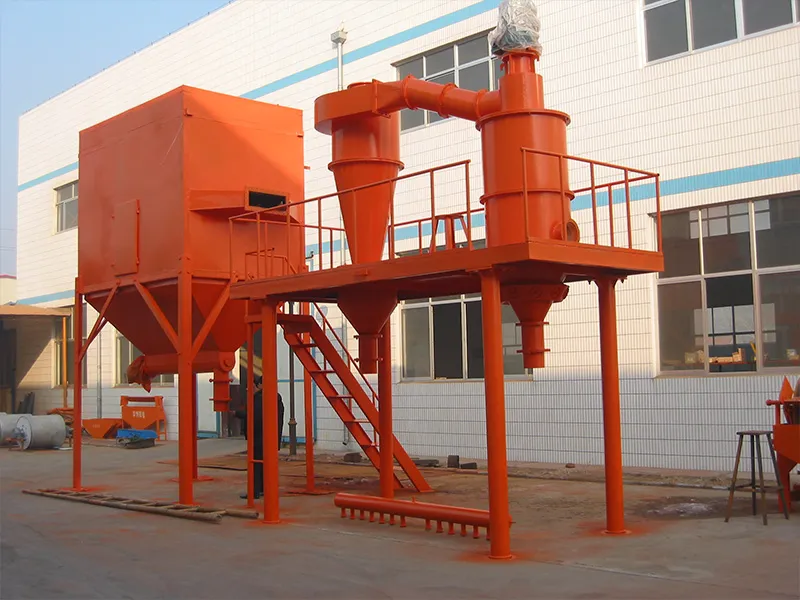Diatomite is a biogenic siliceous sedimentary rock formed by the accumulation of ancient diatom remains. It possesses unique physical and chemical properties, such as porosity, large specific surface area and chemical stability. These characteristics endow diatomite with the potential for wide application in numerous fields.
However, the particle size distribution of raw diatomite ore is usually quite broad, and it is often accompanied by impurities, which severely restrict the full utilization of its performance. Therefore, scientific and effective classification treatment of diatomite has become a crucial step in exploring its potential value, improving product quality, and meeting requirements of different industries.

Several grading methods for diatomite
1. Physical screening method
Principle: diatomite is mechanically screened through sieves with different apertures and classified according to particle size.
Applicable scenarios: coarse classification (usually used for particles with particle size >45μm).
Advantages and disadvantages: Simple operation, but difficult to separate fine particles (<20μm).
2. Hydraulic classification method (gravity sedimentation method)
Principle: Classification is carried out using the difference in sedimentation velocity of particles in liquid (Stokes’ law).
Method: Suspend diatomite in water and let it stand or centrifuge. Large particles settle quickly, while small particles stay suspended for a long time and they are collected by stratification.
Applicable scenarios: medium-precision grading (1–50μm range).
Advantages and disadvantages: Low cost, but time-consuming.
3. Airflow classification method

Principle: By controlling air flow velocity and the inertia, gravity, centrifugal force of particles, to achieve the separation of particles.
Equipment: Air classifier
Applicable scenarios: Industrial-grade classification of dry diatomite (5–100 μm).
Advantages and disadvantages: Suitable for large-scale production, but humidity needs to be controlled.
Application of diatomite after classification
· In fine chemical industry: The finely classified diatomite can be used as an efficient adsorbent in industries, such as cosmetics and food additives, to remove impurities and odors. For example, in cosmetics, it can adsorb oils and moisture, improving the texture and stability of the products.
· In environmental protection field: Classified diatomite can be used for sewage treatment. Diatomite of different particle sizes has different adsorption and filtration effects on various pollutants. Finer diatomite can remove tiny particles and organic matter in water, while coarser diatomite can be used for preliminary filtration and interception of larger particulate impurities.
· In the fields of building materials: In products such as architectural coatings and diatom mud, the classified diatomite can adjust the performance of the products. For instance, in diatom mud, diatomite with appropriate particle size can increase the porosity of the product, enhance its functions, meanwhile, improve the decorative effect.
Traditional screening methods are difficult to meet the needs of refinement, and air classifier is becoming the preferred equipment for diatomite classification due to it significant advantages, such as precise particle size cutting and high efficiency.
The air classifier produced by Qingdao Epic Powder Machinery Co., Ltd. is designed by our engineers under the guidance of our German consultants, which includes 5 models: HTS, ITC, CTC, MBS and TDC, and they are advanced in technology and reliable in quality, and have received good feedback from many domestic and foreign customers. More important, It is suitable for classifying diatomite.

If you are purchasing air classifier for classifying diatomite or other material, or other powder processing equipment, please contact Epic Powder. We not only provide high-quality products, but also focus on providing customers with a full range of considerate services. From technical consultation and solution design in the early stage, to equipment installation and commissioning, operator training, and then to the later equipment maintenance, we have a professional team to follow up throughout the whole process.

Contact us, and Let our professional equipment make your powder processing more efficient and energy-saving.

